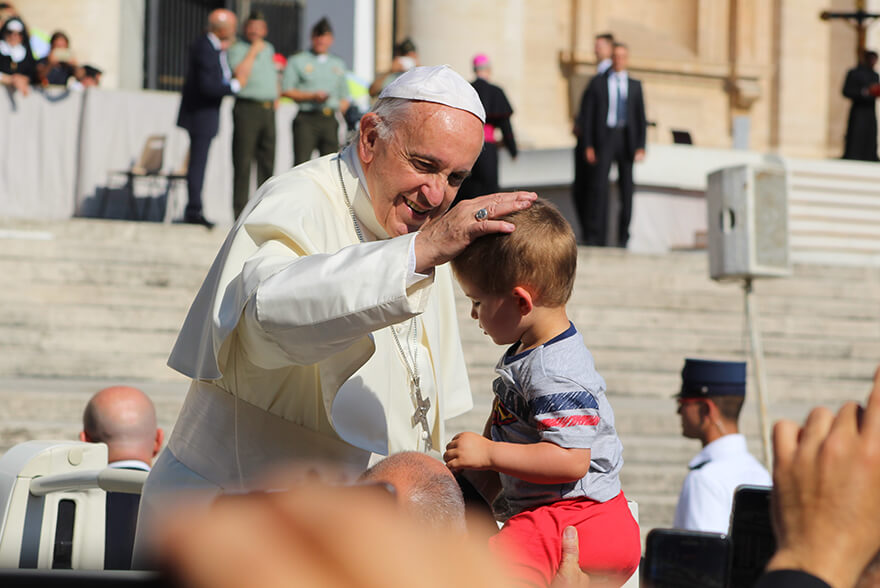“A Loving Padre” | POSTCARDS FROM ROME 2018
Top 5 Highlights for Week 4 (Saturday, June 16th to Friday, June 22nd)
5. Visit to the Congregation for Divine Worship (Saturday)
The Catholic Church was founded by Christ who entrusted the historical transmission of the Gospel proclamation to the Apostles and their successors bound into unity through the ministry of Peter and his successors. Thus, the Church is one in faith–as we experienced concretely in our visit to the Congregation for the Doctrine of the Faith. Moreover, the Church as the body of Christ animated by the Holy Spirit is also one in her worship of the Father. We had the blessing of seeing this reality concretely this past week when we visited the Congregation for Divine Worship. We met with an Irish member of the Congregation who explained some of their technical work and the different operations of the various offices, but it was also clear that the Congregation was unified in its mission as an extension of the Petrine office to ensure that the liturgy, especially the Most Holy Mass, is celebrated with due reverence according to the form set up by the Church. Far from legalism or obsession over the letter of the law, this important Congregation has the task of guaranteeing that the Bride of Christ on earth is duly preparing for the eternal bliss of the heavenly banquet of the Lamb.
4. Church Visits (Monday)
The span of architectural and Roman history that we covered just by visiting five churches is incredible. In the Pantheon, we saw a pagan temple built for the glory of man but turned to the greater glory of God. Similarly, in Santa Maria degli Angeli, Michelangelo masterfully converted ancient pagan baths to a proper place of worship wherein Romans can now wash themselves clean in the blood of the Lamb. In Santa Pudenziana and Santa Prassede, we saw two early churches with beautiful apse mosaics–a uniquely Christian phenomenon. And lastly, in Santa Maria Maggiore, we saw an entire span of ecclesiastical architecture. Beginning with the skeletal structure of an early Christian basilica (one of the first churches dedicated to Our Lady!), the church has been touched by almost every architectural period–seen most obviously in the medieval bell tower contrasted with the late baroque facade. Perhaps more importantly though, Mary Major is also the home to the relics of the crib of the Infant Jesus–what a privilege it was to pray before them and contemplate the utter humility of our God.
3. Cardinal Dinners (Monday and Thursday)
This week saw dinners with two cardinals! On Monday, we had dinner with Cardinal Burke. He spoke to us of the importance of seminary formation, and the need to grow as a man and a Christian in order to best prepare to receive the great gift of Holy Orders. He then led us in praying the Rosary. On Thursday, we had dinner with Cardinal Stafford. He spoke very profoundly about the mission of the parish. Rather than a mere organization or some sort of club, the local church is meant to be a community bound together in the blood of Christ and ordered to the worship of the most Holy Trinity. So often we are tempted to rearrange the priorities of parish life, but Cardinal Stafford very movingly reminded us of what is most important.
2. General Audience (Wednesday)
What could beat dinner with Cardinals? Only an address by the Vicar of Christ on earth! The privilege of seeing the Pope, receiving his blessing, and hearing his words was overwhelming. The specific content of his message was about sonship: in Christ, we have a loving ‘padre,’ not a ‘padrone,’ and thus, we are truly beloved sons and daughters rather than slaves. What a great message to hear from our Holy Father.
1. Assisi (Friday)
On Friday, we made a pilgrimage to Assisi, the town of our Pope’s namesake. Assisi is a beautiful Italian town set up on a hill, and before we made our way up, we visited Saint Mary of the Angels down below. Mary of the Angels is a basilica that the Franciscans built to literally encase the little church that St. Francis repaired in the woods called the Portiuncula. It is very beautiful and very striking. We then moved up into town to visit the church of St. Clare where the San Damiano crucifix hangs. It was this crucifix which came alive and spoke directly to Francis. And from there, we moved to the basilica of St. Francis. After having Mass in a small chapel underneath the church, we visited all of the various levels of the current basilica. On the top level, we saw beautiful frescoes of the life of St. Francis; underneath that, there is a crypt church with even more frescoes–some of which were painted by the great master Giotto; and underneath that, St. Francis is buried. Many theologians liken the saints to God’s works of art, and if the analogy holds, there could be an argument that St. Francis is one of God’s masterpieces. Why? Because with the gift of Francis’s stigmata, we have seen that God Himself has signed his work. What a blessing it was to pray before that great saint. May God send us many more.
Jacob Lindle
The Rome Experience Class of 2018
Archdiocese of Cincinnati
Mount St. Mary of the West Seminary


